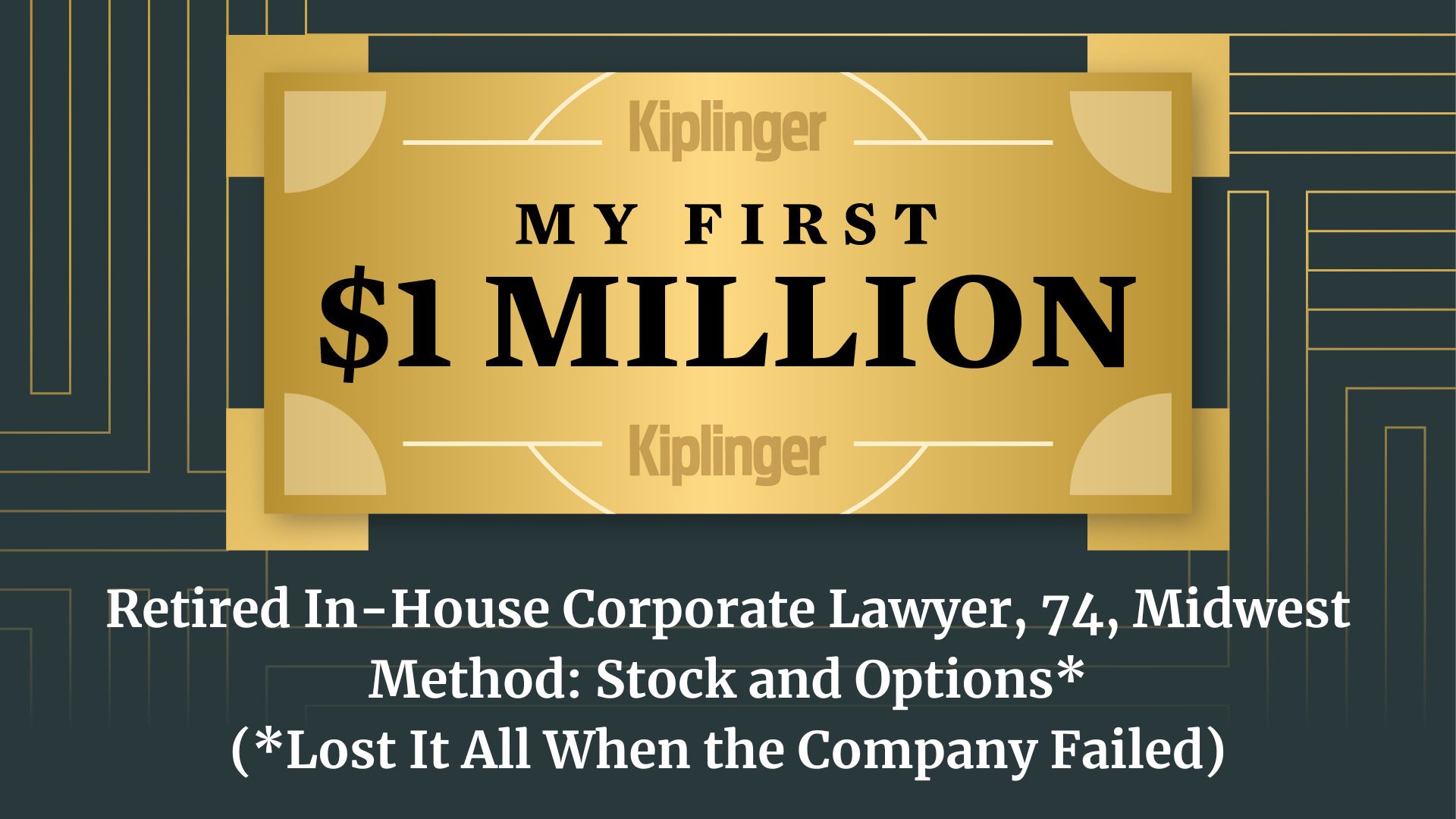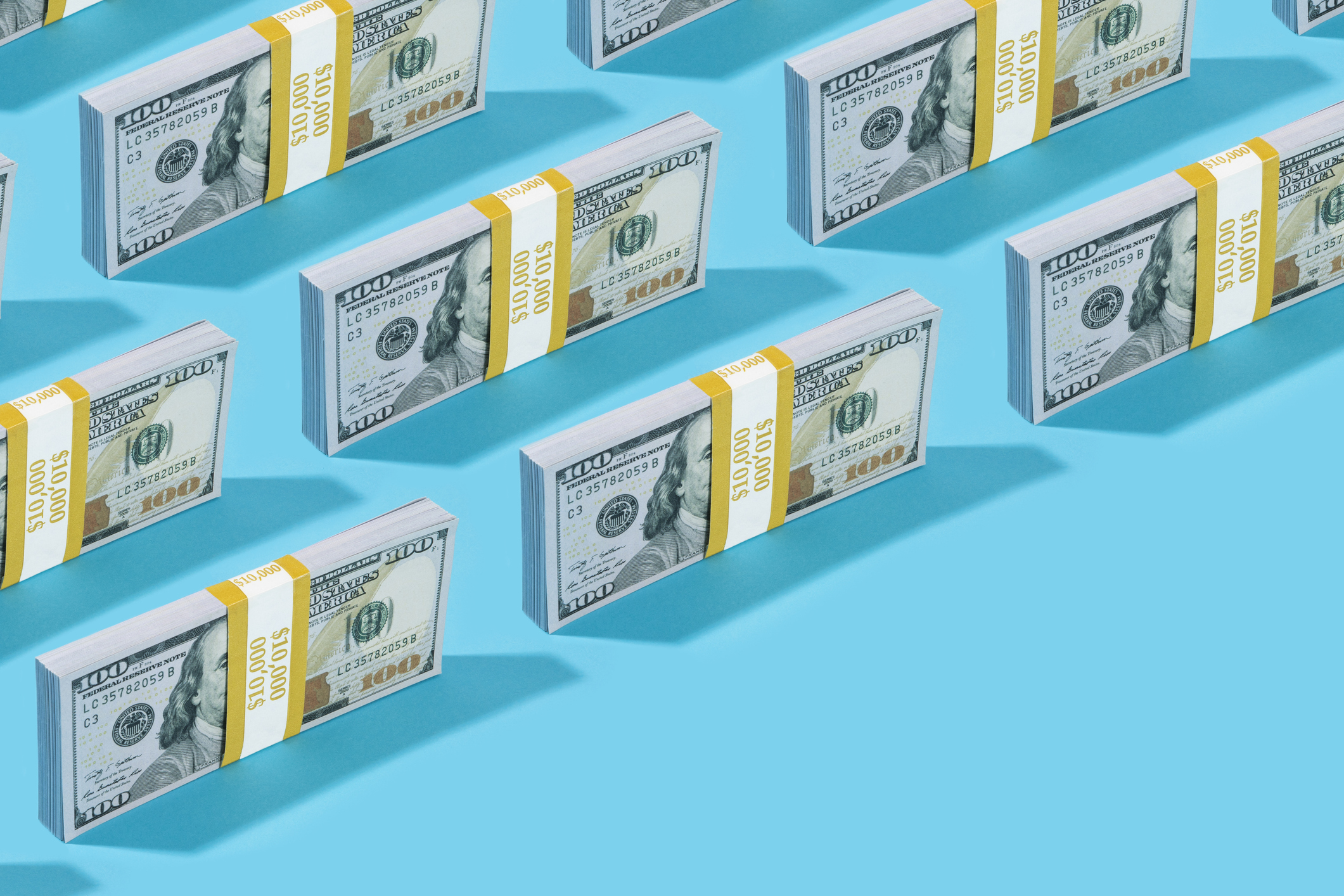Best No-Fee High-Yield Savings Rates
If you want to achieve short-term savings goals, these are the best options to consider. Best of all, they are fee-free.

If you're looking to find a great high-yield savings account but want to avoid pesky fees, you’re in luck. You can find no-fee high-yield savings rates as high as 4.35%
With a no-fee high-yield savings account, you'll have the benefit of a high APY, but you won't have to cut into your earnings by offsetting any additional monthly fees.
Best of all, now is an excellent time to secure a higher rate, as the Federal Reserve cut rates again at its December meeting. Now is the time to capitalize while rates are still higher.
The best no-fee high-yield savings rates
Account | APY | Min. Opening Deposit |
|---|---|---|
4.35% | $0 | |
4.16% | $100 | |
4.10% | $100 | |
4.05% | $0 | |
3.90% | $0 | |
3.90% | $0 | |
3.80% | $0 | |
3.75% | $100 |
Tips for finding the best no-fee high-yield savings rates
Before you open a no-fee high-yield account, there are a few things to keep in mind.
Look out for hidden fees: Brick-and-mortar banks and credit unions are more likely to have minimum balance requirements than online banks. In all cases, check to see what, if any, requirements exist before opening the account so fees don't eat into interest earnings.
Ensure your money is safe: Another important consideration when opening a savings account is to verify that it is FDIC-insured, so you can be confident that your funds will be secure in the event the bank fails. The FDIC protects up to $250,000 in individual deposit accounts and up to $250,000 for each person's share of joint accounts. Credit Union members also receive $250,000 through the NCUA.
Compare high-yield rates: It's a good idea to shop around for savings accounts to ensure you get the best rates. Usually, online banks offer more generous APYs on savings accounts, so changing from your traditional savings account at a brick-and-mortar bank to one online could be a good choice.
Avoid teaser rates: Teaser rates are promotional rates that banks use to attract new customers, but these are typically short-lived.
Rates are variable: Since interest rates on no-fee high-yield savings accounts are variable, the APY on the account can decrease from what it was when you first opened the account if the Fed cuts rates in the future.
Use the tool below, in partnership with Bankrate, to search further for some of the best high-yield savings accounts available:
Pros and cons of no-fee high-yield savings accounts
Pros:
- Higher APYs: Since high-yield savings accounts have higher APYs than traditional savings accounts, you'll accrue more interest over time. Plus, interest in these accounts is compounded daily.
- Safety: Many high-yield accounts are FDIC or NCUA insured, meaning that if something were to happen to the bank (or credit union) your account is with, your money will still be safe.
- Accessibility: While there are sometimes limitations to the number of free withdrawals you can make from a savings account, your money is still readily accessible whenever needed.
- No minimum deposit requirements and/or fees: Many high-yield savings accounts charge a monthly fee and/or require a minimum deposit to earn the advertised APY, but no-fee accounts won't.
Cons:
- Not suited for long-term goals: If you're looking to save for long-term goals, like retirement, other investments, like stocks, are usually a better choice for your money.
- Variable interest rates: Since interest rates are variable, the APY on the account can decrease from the rate it was when you opened the account.
- Online banks: Since most high-yield accounts are offered by online banks, you likely won't have branch access, so contacting customer service can be more challenging.
- Transfers can be time-consuming: If you have a savings account with an online bank and a checking account with a traditional bank, it could take a day or several to transfer funds from your savings to your checking account. Should you need immediate access to your savings, ensure you have an active ATM card available.
Bottom line on no-fee high-yield savings rates
If you're not saving your cash in a high-yield savings account, you're missing out on easy money. Many high-yield savings accounts offer impressive APYs that can help you bolster your savings with no effort at all.
And if you opt for a no-fee account, you won't have to worry about paying any monthly service charges that can eat into the interest you've earned.
Related Content
Profit and prosper with the best of Kiplinger's advice on investing, taxes, retirement, personal finance and much more. Delivered daily. Enter your email in the box and click Sign Me Up.

Sean is a veteran personal finance writer, with over 10 years of experience. He's written finance guides on insurance, savings, travel and more for CNET, Bankrate and GOBankingRates.
- Rachael GreenPersonal finance eCommerce writer
- Elena Terrazas ChesneyContributer
-
 The Stoic Retirement: Ancient Wisdom for Today's Reality
The Stoic Retirement: Ancient Wisdom for Today's RealityA "Stoic retirement" doesn't mean depriving yourself. It's a character-based approach to life and aging that can bring calm and clarity.
-
 My Teen Crashed His Car and Now Our Insurance Has Tripled. What Now?
My Teen Crashed His Car and Now Our Insurance Has Tripled. What Now?Dealing with the costly aftermath of a teen car accident is stressful. Here are your options for navigating it.
-
 11 Outrageous Ways To Spend Money in Retirement
11 Outrageous Ways To Spend Money in RetirementWhether you have excess cash to spend or want to pretend, here’s a look at 11 ridiculous ways retirees can splurge.
-
 My Teen Crashed His Car and Now Our Insurance Has Tripled. What Now?
My Teen Crashed His Car and Now Our Insurance Has Tripled. What Now?Dealing with the costly aftermath of a teen car accident is stressful. Here are your options for navigating it.
-
 My First $1 Million: Retired In-House Corporate Lawyer, 74, Midwest
My First $1 Million: Retired In-House Corporate Lawyer, 74, MidwestEver wonder how someone who's made a million dollars or more did it? Kiplinger's My First $1 Million series uncovers the answers.
-
 Top Tech Gifts to Grab at Walmart Before Christmas
Top Tech Gifts to Grab at Walmart Before ChristmasBig savings on Apple, Bose, HP, Vizio and more while there's still time to shop.
-
 I'm an Insurance Pro: Going Without Life Insurance Is Like Driving Without a Seat Belt Because You Don't Plan to Crash
I'm an Insurance Pro: Going Without Life Insurance Is Like Driving Without a Seat Belt Because You Don't Plan to CrashLife insurance is that boring-but-crucial thing you really need to get now so that your family doesn't have to launch a GoFundMe when you're gone.
-
 The 'Scrooge' Strategy: How to Turn Your Old Junk Into a Tax Deduction
The 'Scrooge' Strategy: How to Turn Your Old Junk Into a Tax DeductionTax Deductions We break down the IRS rules for non-cash charitable contributions. Plus, here's a handy checklist before you donate to charity this year.
-
 The Top 22 Gifts for Grandkids from Walmart in 2025
The Top 22 Gifts for Grandkids from Walmart in 2025From PlayStation to Labubu, you'll find the hottest gifts of 2025 for your grandkids at Walmart this year. Some of them are up to 78% off.
-
 What Not to Do in an Airport Lounge
What Not to Do in an Airport LoungeBefore you settle into that cushy lounge chair, skip the rookie moves that annoy other travelers and can even get you kicked out.
-
 CD vs. Money Market: Where to Put Your Year-End Bonus Now
CD vs. Money Market: Where to Put Your Year-End Bonus NowFalling interest rates have savers wondering where to park cash. Here's how much $10,000 earns in today's best CDs versus leading money market accounts.